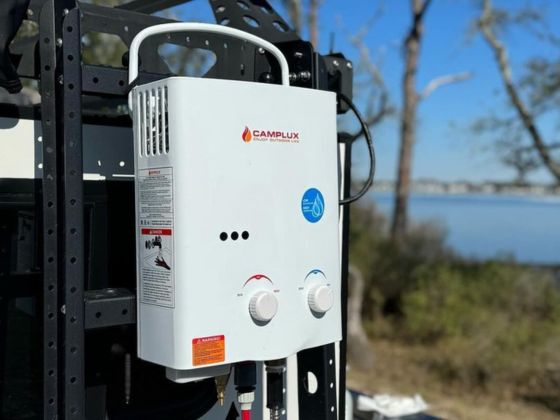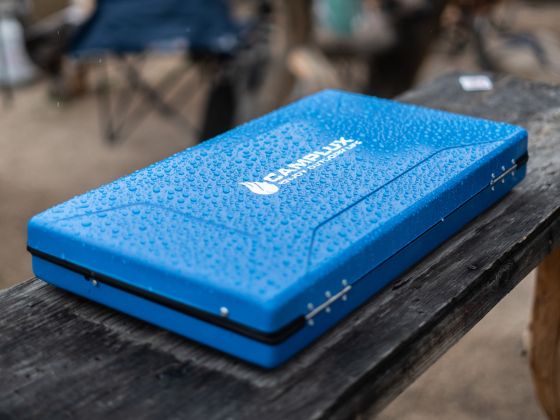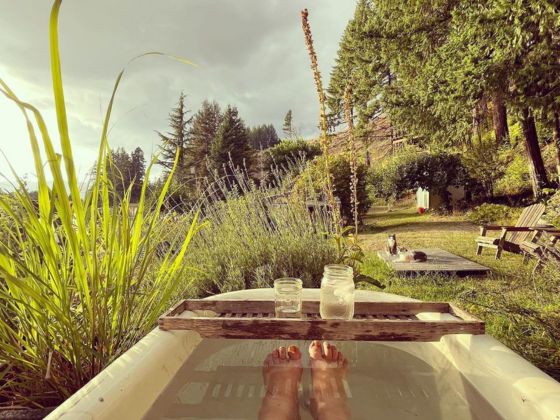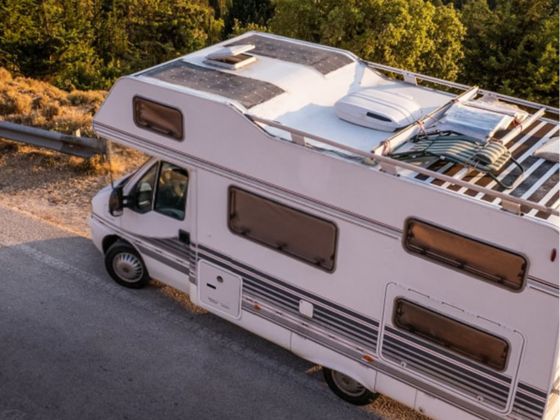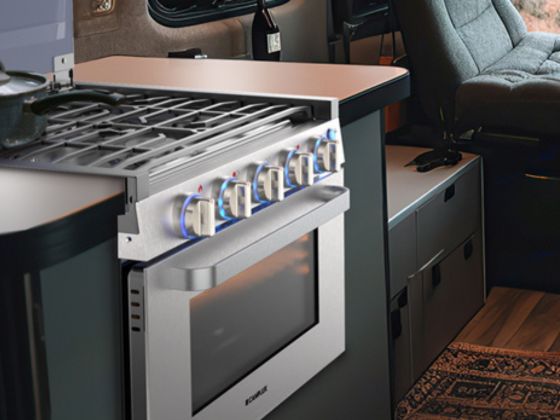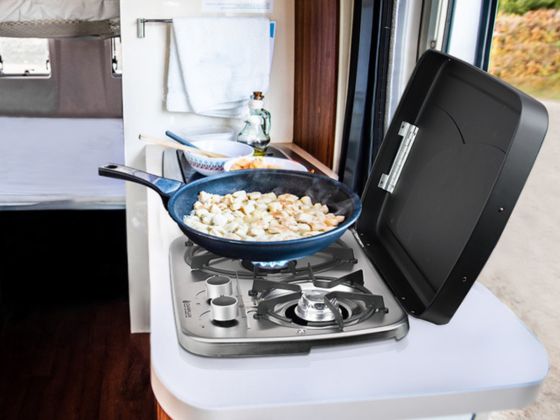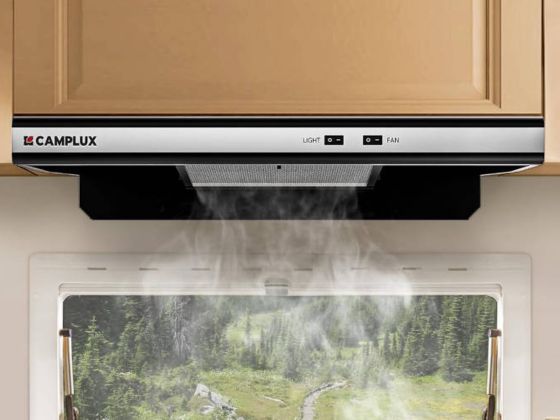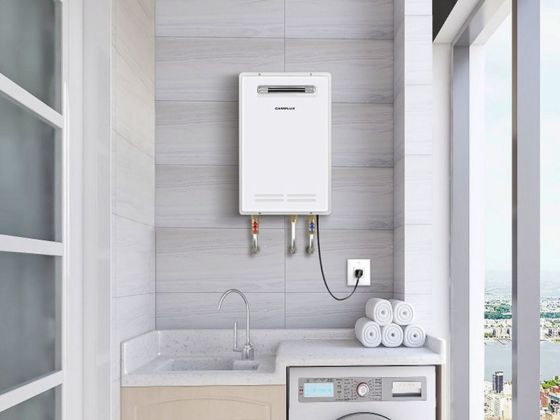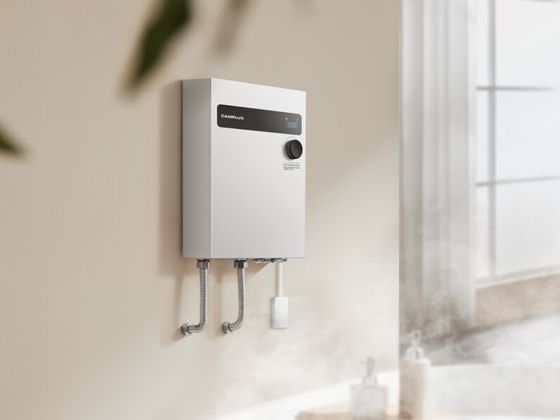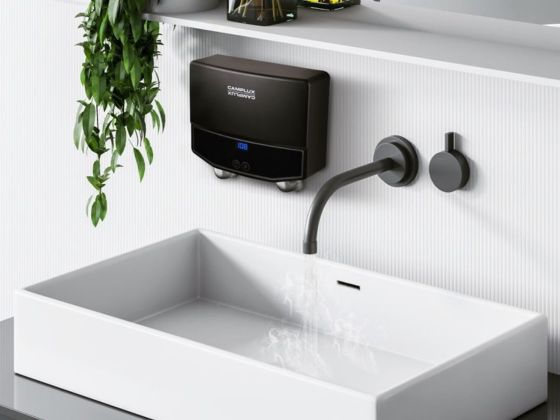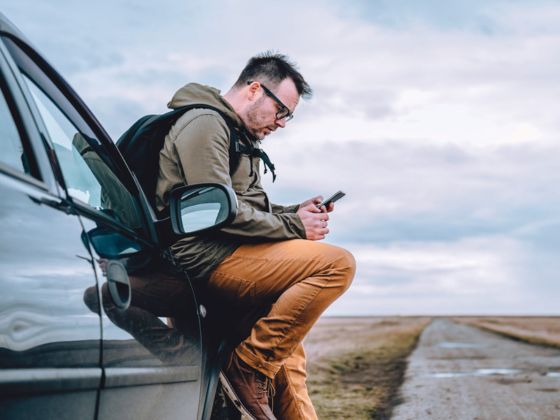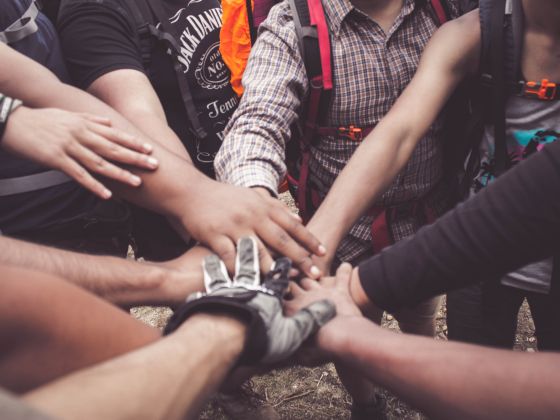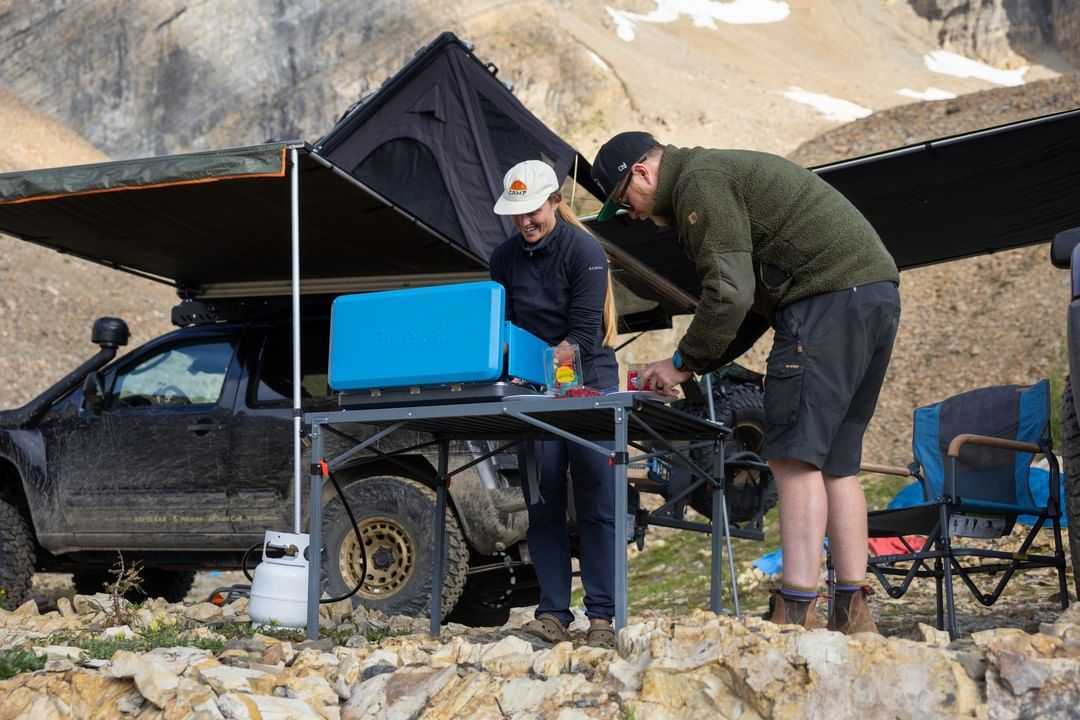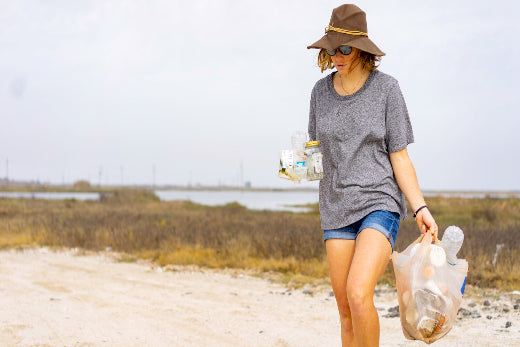For some people, food is merely fuel; for others, it’s an integral part of their outdoor experience. Some folks love a big breakfast; others grab a Clif bar and save their big meal for dinnertime.
What’s great, is that when it comes to cooking in the outdoors, there is no right or wrong option to choose from. It’s just about what is important to you. Below we’ve gathered 3 common types you’ll find on the trail and outlined how each cooking style impacts your meal planning.
Level One: Ultra-Lighter

Backpacking tripoften require food to be carried for multiple days and miles before they get eaten so when it comes to meal prep, we think that, efficiency is king. The goal is to get as much of the essential nutrients, proteins, and vitamins in as little space as possible. "Calories per pound" is a crucial part of your meal planning. So, unfortunately, flavor often takes a back seat and you end up eating lots of bland oatmeal and rehydrated pasta dishes. But the high of a 20 mile day, up and over mountains tops in the wind and rain, will make any hot meal feel like mama's best home cooking.
- This describes you if...you’re counting ounces in your pack and need to bring the bare minimum. Your definition of off grid cooking is boiling water to quickly rehydrate a meal to refuel after a long day in the backcountry or mixing up a packet of oatmeal ahead of your trek. It’s all about speed and nutritional value.
- Pros: Supplies are lightweight and take up minimal space in your pack, quick cooking times, little to no clean up
- Cons: Dehydrated meals are often high in sodium content and low in the flavor department
- Ideal for: Thru-hiking, ultra-light backpacking
- Cooking Equipment: CampingStove, pot to boil water, utensils
- Sample Menu:
- Breakfast: Coffee and oatmeal.
- Lunch: A quick lunch of power bars or pre-packed sandwiches.
- Dinner: Dried backpacking meals that are easily rehydrated with a bit of hot water.
Level Two: One-Pot Wonder

If you move into van, and adventuring around the US and living a nomadic lifestyle. You will find that, when you live in such a small area, you have to be conscious of every bit of space you take up. We absolutely love cooking elaborate meals, but when we are in the van we can't really use every single pot and pan that we have. Instead, we stick lentils and rice, stir fries with eggs cracked on top, pastas, soups, and so on. One pot meals guarantee a delicious entree with minimal mess.
- This describes you if...you like a good meal in the outdoors but aren’t hell bent on crafting a complex, gourmet dish. You’re all about one pot meals because you can still have great flavors but they only require a few ingredients, limited preparation, and are easy to clean up.
- Pros: Meals are often delicious and full of flavor. They don’t require too much preparation. Only one pot to clean up and are good for people who don’t want their camp kitchen to take up too much space
- Cons: Limited on what you can cook (you’re only using one pot after all)
- Ideal for: Backpacking, bike-packing, hike in and out camping, day trips, car camping/road trips, van life.
- Cooking Equipment: CampingStove, KettlePot, coolers, cutting board, utensils (knife, mixing spoon, bowl, etc).
- Sample Menu:
- Breakfast: Coffee and oatmeal or some easy eggs in a pot.
- Lunch: Leftovers from the night before or cold lunches like sandwiches.
- Dinner: Chilis, Soups, Stir-fry, curries all cooked up in a single pot.
Level Three: Off-Grid Gourmet

If you like to savor meals as much as vistas, so but the way that we choose what to eat outdoors is not too different than how we choose what to eat in everyday life. Firstly, the food must be delicious, and secondly, it should be good for us. As with any other aspect of outdoorsmanship, a little extra planning and preparation will go a long way to having a much more enjoyable experience.
- This describes you if...cooking is directly connected with your experience of the outdoors. Whether it’s breakfast, dinner, or dessert, you put a lot of time and thought into planning, preparing, and packing each meal at the campsite. You find joy in the act of cooking the meal, and eating is one of the main camping events on any trip.
- Pros: Cooking is a fun, group experience that results in a delicious, satisfying meal. You often have leftovers for the morning.
- Cons: Packing and food prep can be time consuming, supplies take up more space in your car, not ideal for lightweight backpacking trips
- Ideal for: Hike in and out camping, day trips, car camping, backyard BBQs, road trips, etc.
- Cooking Equipment: CampingStove, PizzaDome Bundle or FirePit, cooler, cutting board, cooking utensils.
- Sample Menu:
- Breakfast: Big skillet meals - think eggs, pancakes, bacon.
- Lunch: Something interactive and fun like homemade wood-fired pizza.
- Dinner: You go all out here and plan a full meal.
A Few Must-Haves
No matter what cooking style you choose, there are a few must-haves that everyone should bring along:Water: Make sure you have a reliable, potable water source or water filtration system if necessary. You always need to stay hydrated and many camping meals require water.
Packable Snacks: These are easy grab and go items to fill you up in between meals. Whether it’s a bar, bag of nuts, or piece of fruit, bring along snacks that keep you going.
Fuel Strategy: How will you be cooking meals? If you’re cooking over a wood fired stove, do you have enough pellets or firewood? Or will there be a reliable supply of sticks to use at your campsite? Remember to bring along enough fuel to cook each of meals and don't forget your fire startup squad.
If relevant: Bear cans and refrigeration options. When packing for your trip consider if items in your recipes need to be refrigerated and bring along necessary coolers or ice packs.
